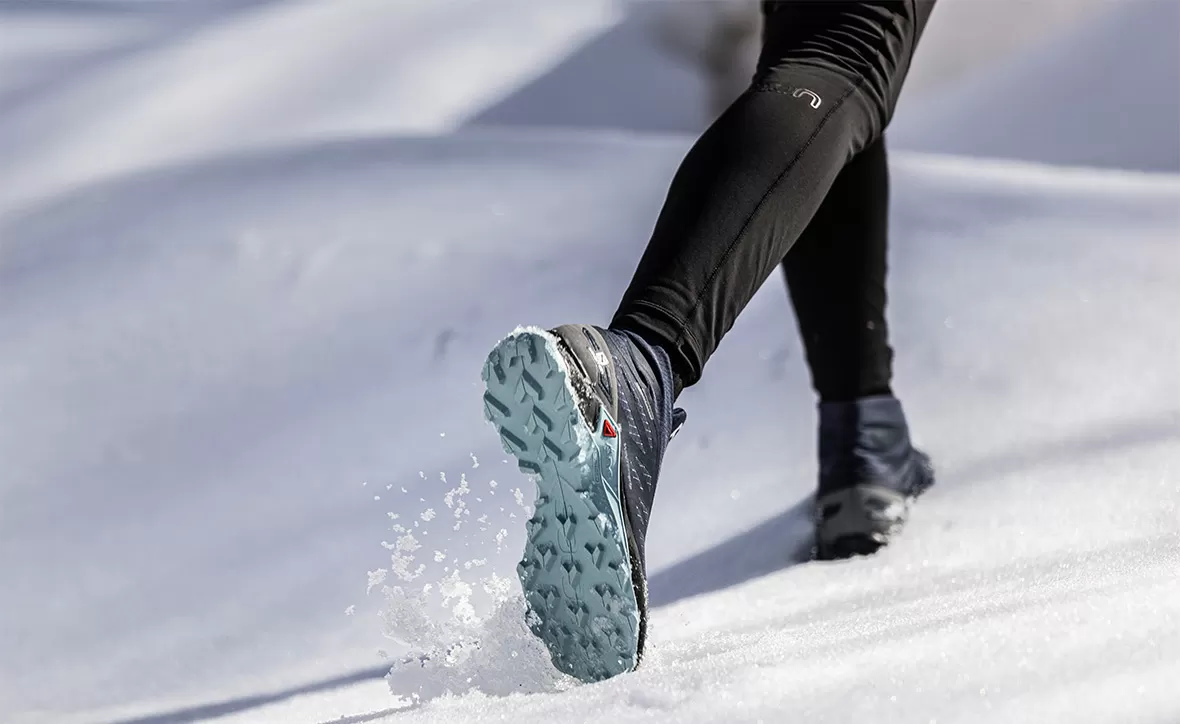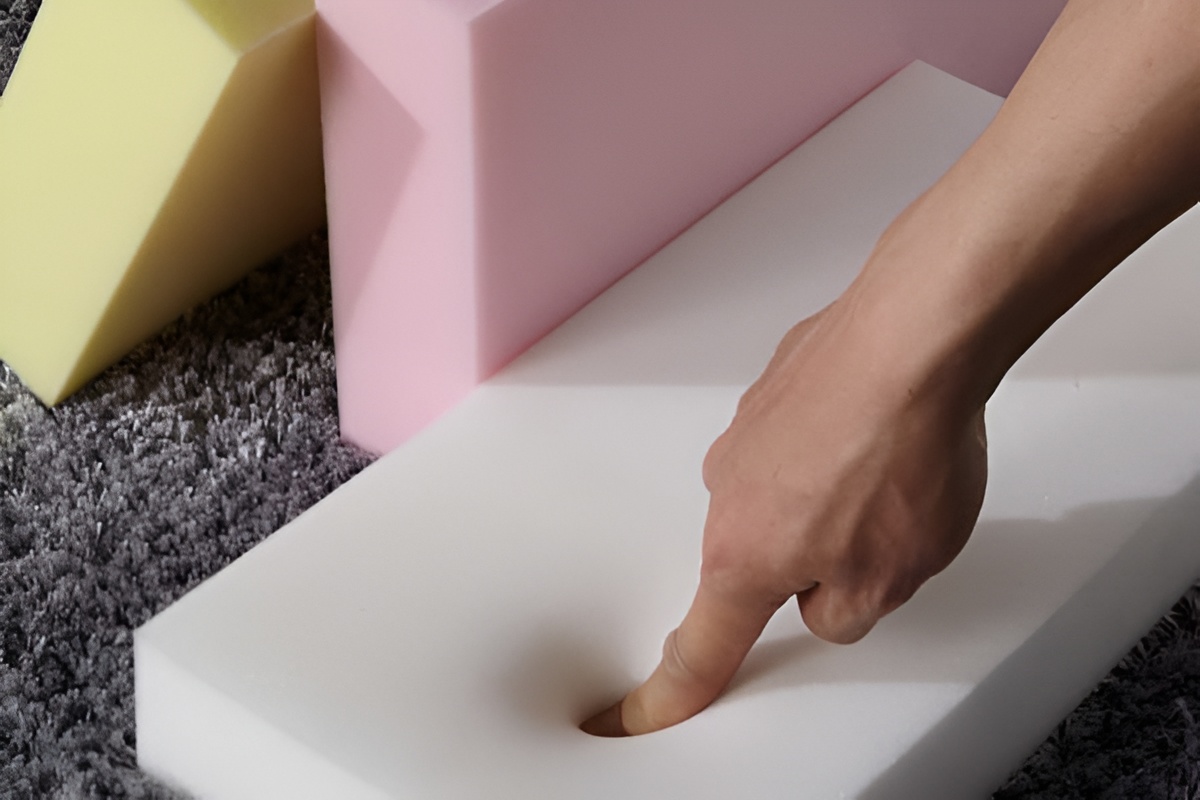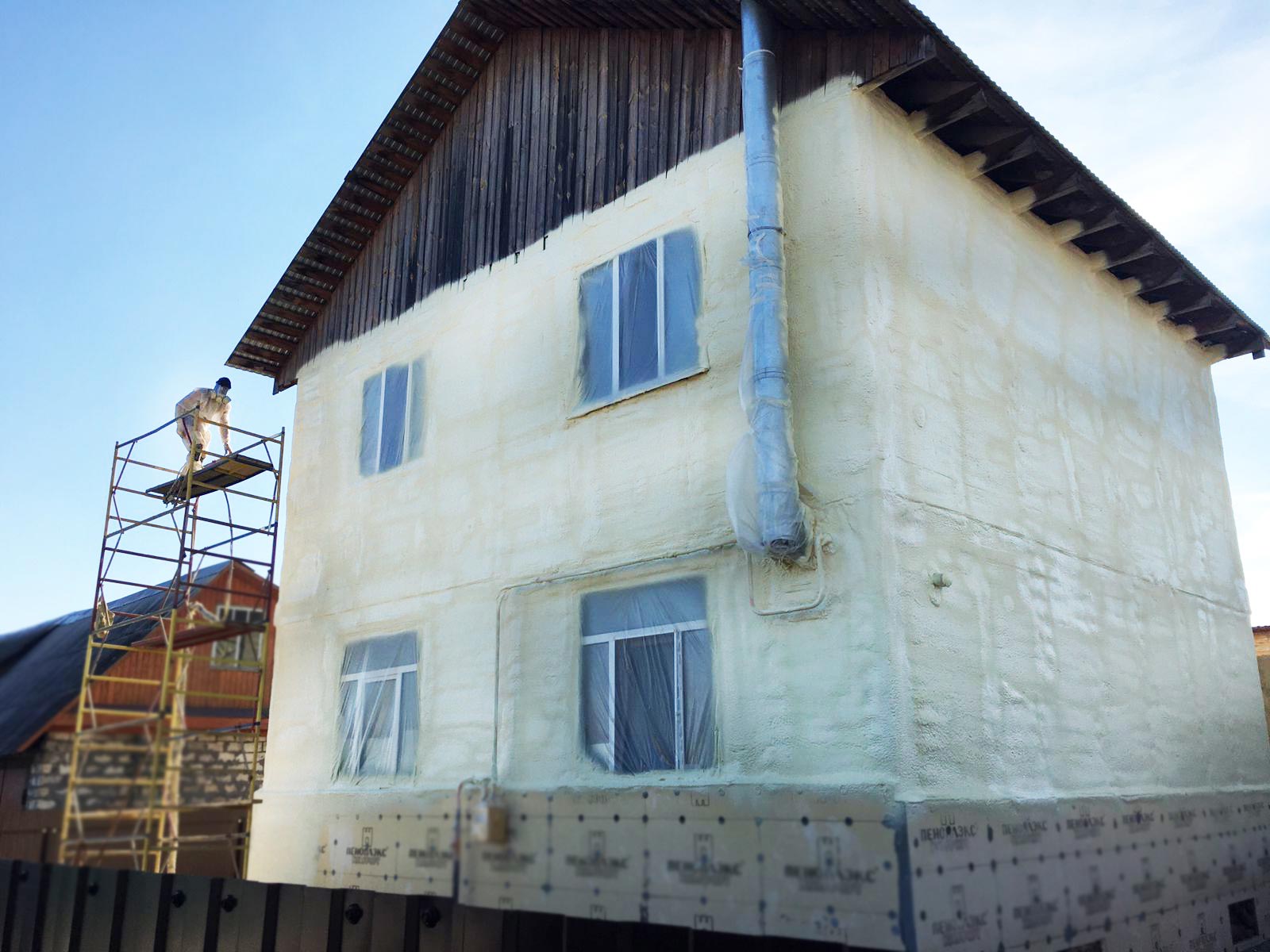Table of contents
Footwear technology has changed greatly over the past decades, and one material has played a transformative role in this progress: polyurethane. Today, polyurethane shoe soles are recognized for delivering the best combination of comfort, performance, and durability. In this article, we explore why polyurethane has become a preferred choice for shoe soles in a wide range of applications and how it continues to shape the future of footwear.
Why polyurethane soles offer superior comfort and shock absorption
When we start talking about comfort for individuals who spend a significant amount of time on their feet, polyurethane stands out (as it helps reduce fatigue). This material has a unique cellular structure that allows it to absorb and disperse shock effectively. Each step puts pressure on your feet and joints. Therefore, without adequate cushioning, these forces can cause fatigue, joint pain, and long-term injury.
Polyurethane soles help reduce the pressure that goes from your feet to your knees and back when you walk. Besides comfort improvement, the energy absorption characteristics of polyurethane also increase resistance, making footwear more suitable for prolonged use.
Another key factor is the resilience of polyurethane. After compressing under pressure, it quickly returns to its original shape, this provides a consistent cushioning effect throughout the lifetime of the shoe. Unlike some materials that lose their shape over time, polyurethane maintains its properties, ensuring that shoes feel comfortable even after months of use.
How polyurethane soles enhance flexibility and cushioning?
Flexibility is necessary for natural foot movement and comfort. Polyurethane soles are designed in a way that can bend smoothly with the foot; this promotes a more natural gait cycle. This flexibility helps reduce fatigue during long hours of standing or walking. Furthermore, the cushioning that is provided by polyurethane is not concentrated in a point, it is distributed evenly across the sole. This uniform cushioning helps protect the entire foot from any injuries, and contributes to overall foot health.
The adaptable nature of polyurethane also allows manufacturers to regulate the density and hardness of soles. As a result, footwear designers can create products tailored to specific activities, e.g., lightweight soles for running shoes or heavy-duty soles for work boots. That’s why many top shoe brands choose polyurethane for their soles.
After sales service
For price inquiries and purchasing liquid polyurethane for polyurethane foam production, please contact Imen Polymer Chemie Company.
Polyurethane vs. rubber and EVA, which sole material lasts longer?
Durability is one of the main points consumers consider when choosing footwear. In comparison with rubber and EVA (ethylene-vinyl acetate), polyurethane has longer lifespan. Rubber soles, while offering good grip, tend to wear out faster under continuous use and can become brittle over time, especially when they are exposed to extreme temperatures. On the other hand, EVA provides good cushioning but lacks the abrasion resistance necessary for long-term durability.
Polyurethane soles offer an ideal balance between flexibility, strength, and resistance to environmental factors. They are less susceptible to cracking, splitting, or losing their structural integrity even in harsh conditions. This longevity means that polyurethane shoe soles need less frequent replacements, and this saves you money.
How polyurethane soles improve grip, slip resistance and stability
Safety is really important in footwear design, and polyurethane does very well in providing enhanced grip and slip resistance. The material’s surface properties can be engineered to maximize traction on a variety of surfaces, including wet, oily, or uneven surfaces. When we talk about polyurethane soles, you shouldn’t be afraid of falling on slippery surfaces like the time you’re walking on a rainy sidewalk or working in an industrial environment.
Moreover, the stability that is offered by polyurethane soles is important for both athletic performance and workplace safety. By providing a solid and supportive base, these PU soles can prevent accidents and optimizing physical performance.
The role of polyurethane soles in athletic and performance footwear
Athletic footwear needs the highest levels of performance, comfort, and durability. Polyurethane soles meet these demands very well. Athletes require shoes that can absorb impact forces during running, jumping, and rapid directional changes. Polyurethane’s characteristics like excellent shock absorption and energy return make it a preferred choice for sports shoes, from basketball sneakers to trail-running shoes.
Additionally, the lightweight properties of polyurethane help increase the athletic performance. Heavy shoes can make you exhausted easily and slow down your movements, whereas lightweight polyurethane soles help maintain speed and agility. The material has enough strength, so sports shoes can handle hard training and games without wearing out quickly.
Why polyurethane soles are the best choice for work and safety shoes?
At work, shoes are not just for comfort, they help keep you safe. Polyurethane soles are common in work boots and safety shoes because they resist chemicals, oils, and damage. This is very important for people working in construction, factories, warehouses, and hospitals.
Polyurethane can also be formulated to meet specific safety standards, such as anti-static or abrasion resistant requirements. Its shock-absorbing ability protects workers from repetitive impact injuries, while its slip-resistant properties reduce workplace accidents. For companies aiming to ensure employee safety and comfort, investing in shoes with polyurethane soles is a strategic decision.
Durability of polyurethane soles
A shoe’s strength mostly depends on how well its sole handles pressure and tough conditions. Polyurethane’s molecular structure offers outstanding resistance to abrasion, making it ideal for footwear subjected to heavy use. Unlike soles made of traditional rubber or EVA, polyurethane soles do not easily compress, crack, or lose their shape.
This wear resistance increases the life of the shoes significantly. Even under harsh conditions such as exposure to oil, solvents, and UV radiation, polyurethane maintains its integrity better than most alternative materials. Consumers who choose footwear with polyurethane soles enjoy the benefits of longer-lasting shoes, reduced costs, and lower environmental impact through less frequent replacement.
Tips to extend lifespan of polyurethane shoe soles
Although polyurethane soles are durable, proper care can further extend their service life. Here are some simple maintenance tips you should consider:
- Clean soles regularly with a soft brush and mild soap to remove dirt, oils, and chemicals that could degrade the material over time.
- Avoid putting the soles direct to sunlight and high temperatures, which can accelerate material aging.
- Store shoes in a cool, dry place when not in use to prevent moisture buildup and bacteria growth.
- Rotate between different pairs of shoes to allow each to air out and recover between wears.
Following these guidelines can maximize the performance and lifespan of polyurethane soles
Innovations in polyurethane sole technology
The future of footwear with polyurethane is bright. Researchers are developing new formulations that make polyurethane even lighter, stronger, and more sustainable. Bio-based polyurethanes derived from renewable resources are gaining traction, reducing dependence on petroleum-based chemicals and improving the environmental footprint of shoes.
Moreover, smart polyurethane materials capable of adapting to temperature or pressure changes are developing. These innovations could lead to soles that automatically adjust their hardness or cushioning properties based on the wearer’s activity level or environment.
Customization is another exciting area. With advancement in 3D printing technologies fully personalized shoe soles made of polyurethane compounds could be produced, tailored to each individual’s foot shape, gait, and usage patterns. This level of customization would not only enhance comfort but also optimize performance and reduce risk of injury.
Conclusion
Polyurethane has become popular as a key material in the footwear industry. Its outstanding combination of comfort, durability, performance, and versatility makes it the preferred choice for a wide variety of shoes, from everyday sneakers to specialized safety boots. As innovation continues, polyurethane will undoubtedly remain to be the top choice in footwear industry, and shaping the future of how we move, work, and play.









